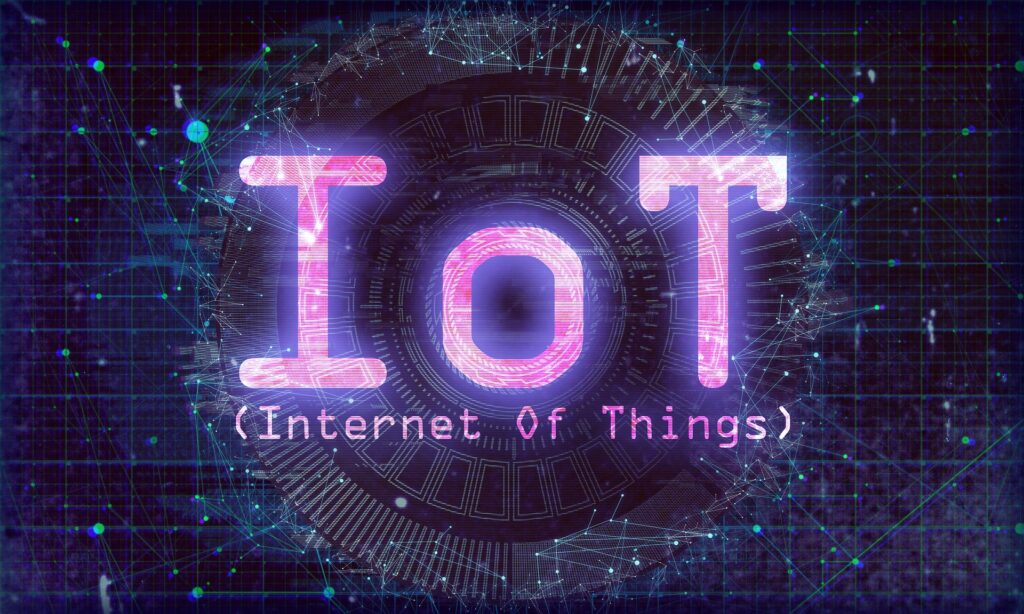The Internet of Things is a term you’ve probably heard about in recent months. But do you really know what he means?
The Internet of Things (IoT) is a network of physical devices, vehicles, buildings, and other items embedded with electronics, software, sensors, and connectivity which enables these objects to connect and exchange data. The IoT allows for the collection and sharing of data from a variety of sources to improve efficiency, safety, and overall quality of life. Examples of IoT devices include smart home devices, wearable technology, and connected cars.
The Internet of Things connects billions of objects and billions of humans. It can now be considered one of the most powerful tools for creating, modifying and sharing countless amounts of information. Indeed, the IoT aims to make objects interact with each other and with individuals. It promises to be the engine of great transformations in the lives of individuals by democratizing new uses and services in the mobility sector. And yet, IoT experts estimate that only 1% of its potential is exploited today. That’s why it’s compared to the internet of the future.
By 2020, the Gartner Institute plans to have more than 50 billion connected devices on the market. Suffice to say that we are witnessing a real digital revolution that will radically change our lifestyles.
Considered as the third evolution of the Internet, called Web 3.0 which follows the era of the social Web, the Internet of objects takes on a character universal to designate connected objects for various uses.
The Internet of Things appeared as part of a heavy trend, resulting from mechanization and standardization, applied to the automation of document and information processing on material and then digital media. Appeared in the United States in 1982, it quickly spread with globalization, resulting in connecting machines to servers capable of supervising them.
The Internet of Things works primarily with sensors and connected objects placed in/on physical infrastructure. These sensors will then transmit data which will go up using a wireless network on IoT platforms. They can thus be analyzed and enriched to get the best benefit from them. These data management and data visualization platforms are the new IoT solutions allowing territories, companies or even users to analyze data and draw conclusions in order to be able to adopt practices.
The Internet of Things (IoT) and artificial intelligence (AI) are closely related, as they both involve the collection and analysis of large amounts of data. IoT devices collect data from the physical world, such as sensor readings and device usage information, while AI algorithms process and analyze that data to make predictions, identify patterns, and make decisions.
In the context of IoT, AI can be used to:
- Analyze sensor data in real-time to make predictions and take actions, such as adjusting the temperature in a smart thermostat.
- Identify patterns in usage data to optimize device performance and improve the user experience.
- Make decisions based on sensor data, such as turning off lights when a room is empty.
- Learn from historical data to improve the accuracy of predictions and decision-making over time.
IoT and AI together can enable more advanced and sophisticated systems, such as predictive maintenance, smart cities, and intelligent transportation systems.

